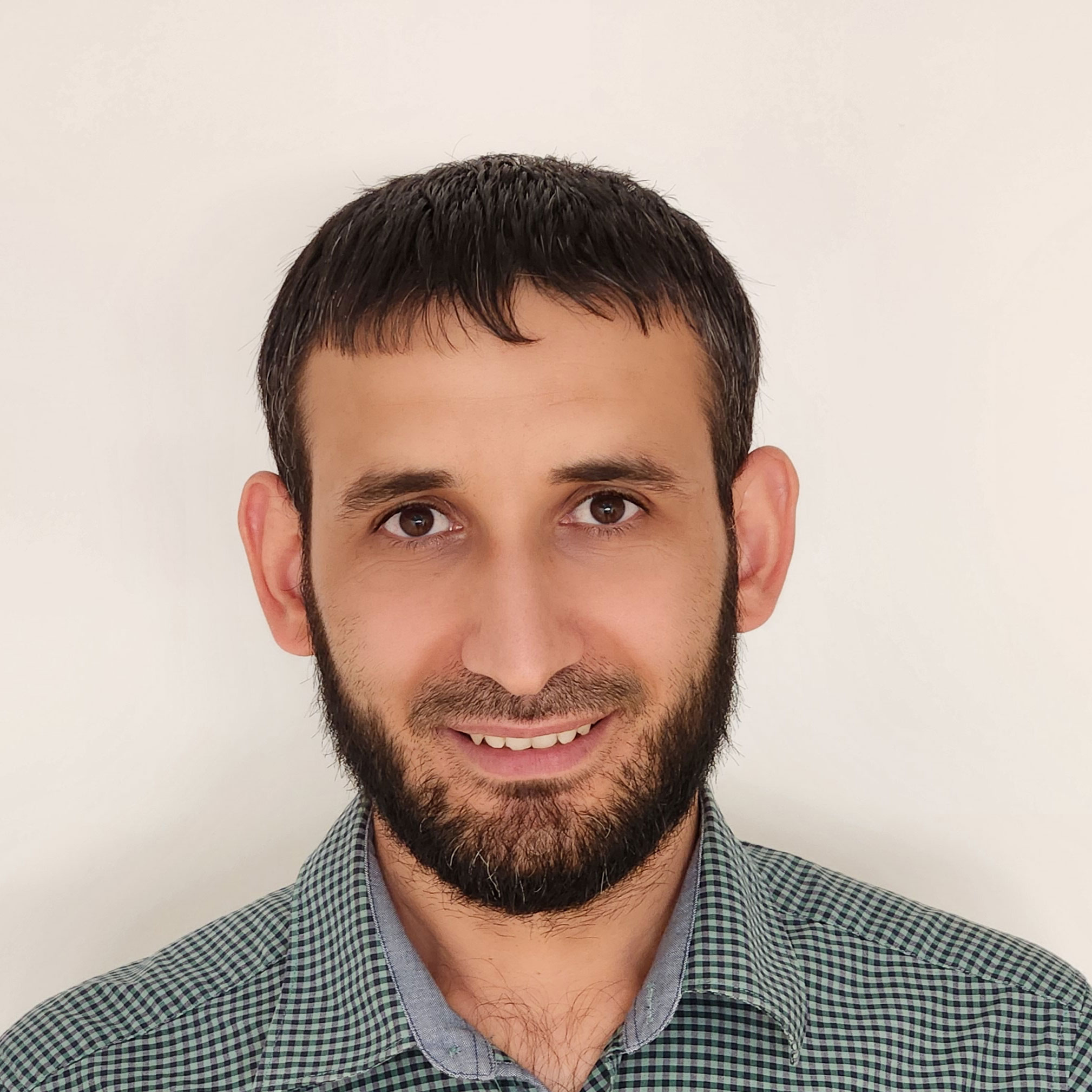
|
ASSISTANT PROFESSOR ILYAS CHACHOUA Faculty Member |
|
| Office: SB-247 Phone: +90 312 290 2402 E-mail: ilyas.chachoua@bilkent.edu.tr |
• Google Scholar profile • LinkedIn profile • PubMed entries |
Biography
Dr. Chachoua obtained his Bachelor degree in biochemistry at Setif University (Algeria) in 2008, and Master’s degree at Taurida National University (Ukraine) in 2010. Between 2012 and 2017, he joined the lab of Professor Stefan Constantinescu at de Duve Institute and Ludwig Institute for Cancer Research (University Catholique de Louvain, Brussels, Belgium), where he obtained his PhD and discovered new mechanisms for STAT5 activation in myeloproliferative neoplasms (MPNs) and secondary acute myeloid leukemia (sAML). Subsequently, he worked as a postdoctoral fellow in the labs of Professors Rolf Ohlsson and Anita Gondor at Karolinska Institute (Stockholm, Sweden), where he studied the interplay between three dimensional chromatin organisation and gene expression. His postdoc work led to the discovery of the gene gating in mammalian cancer cells. Currently, he is an assistant professor at MBG department in Bilkent University, and the main focus of his lab is to study 3D chromatin organization in MPNs and sAML.
Research
Our lab is interested in investigating the mechanisms by which signaling pathways regulate gene expression in cancer. Currently, we work on the following projects:
-
- Gene regulation by gene gating: Human genome contains over 21000 genes that control all biological processes within the cells. The positioning of these genes inside the nucleus is not random; active genes tend to be located in the interior part of the nucleus (A compartment), and the repressed genes are predominantly associated with the nuclear periphery (B compartment). Gene expression is tightly regulated at both transcriptional and post-transcriptional levels through different mechanisms. Our research aims to understand the interplay between three-dimensional chromatin organization and gene expression regulation by gene gating mechanism, whereby actively transcribed genes are tethered to the nuclear pore complex to facilitate the export of the newly synthetized mRNA to escape nuclear degradation, therefore gaining more stability, which results in increased expression levels despite having low transcription rate. We are particularly interested in the role of chromatin remodelers (CTCF and cohesin), nucleoporins, p53 and long non-coding RNAs in gene gating initiation and regulation in cancer cells.
- The mechanisms behind MPN development by calreticulin mutants: Myeloproliferative neoplasms (MPNs) are hematological disorders that arise due to pathological activation of the JAK-STAT signaling pathway in hematopoietic stem cells (HSC), which leads to uncontrolled production of mature myeloid cells such as platelets and red blood cells. In 2013, frameshift mutations in the exon 9 of calreticulin (CALR) gene have been reported. These mutations result in the loss of the negatively charged amino acids and the gain of positively charged ones, in addition to the loss of the ER retention motif (KDEL). CALR mutants specifically activate thrombopoietin receptor (MPL), responsible for platelets production. In this project, we study the impact of the newly generated amino acid sequence in the mutants on their secretion and MPL activation.
To achieve these goals, we employ state of the art techniques such as CRISPR/Cas9, site directed mutagenesis, confocal microscopy and chromatin conformation capture assays.
Key Publications
Papadopoulos, N., Nédélec, A., Derenne, A., Şulea, T. A., Pecquet, C., Chachoua, I., Vertenoeil, G., Tilmant, T., Petrescu, A.-J., Mazzucchelli, G., Iorga, B. I., Vertommen, D., & Constantinescu, S. N. (2023). Oncogenic CALR mutant C-terminus mediates dual binding to the thrombopoietin receptor triggering complex dimerization and activation. Nature Communications, 14(4), 1881.
Chachoua, I., Tzelepis, I., Dai, H., Lim, J. P., Lewandowska-Ronnegren, A., Casagrande, F. B., Wu, S., Vestlund, J., Mallet de Lima, C. D., Bhartiya, D., Scholz, B. A., Martino, M., Mehmood, R., & Göndör, A. (2022). Canonical WNT signaling-dependent gating of MYC requires a noncanonical CTCF function at a distal binding site. Nature Communications, 13(1), 204.
Pecquet, C., Chachoua, I., Roy, A., Balligand, T., Vertenoeil, G., Leroy, E., Albu, R. I., Defour, J. P., Nivarthi, H., Hug, E., Xu, E., Ould-Amer, Y., Mouton, C., Colau, D., Vertommen, D., Shwe, M. M., Marty, C., Plo, I., Vainchenker, W., Kralovics, R., … Constantinescu, S. N. (2019). Calreticulin mutants as oncogenic rogue chaperones for TpoR and traffic-defective pathogenic TpoR mutants. Blood, 133(25), 2669–2681.
Scholz, B. A., Sumida, N., de Lima, C., Chachoua, I., Martino, M., Tzelepis, I., Nikoshkov, A., Zhao, H., Mehmood, R., Sifakis, E. G., Bhartiya, D., Göndör, A., & Ohlsson, R. (2019). WNT signaling and AHCTF1 promote oncogenic MYC expression through super-enhancer-mediated gene gating. Nature Genetics, 51(12), 1723–1731.
Chachoua, I., Pecquet, C., El-Khoury, M., Nivarthi, H., Albu, R. I., Marty, C., Gryshkova, V., Defour, J. P., Vertenoeil, G., Ngo, A., Koay, A., Raslova, H., Courtoy, P. J., Choong, M. L., Plo, I., Vainchenker, W., Kralovics, R., & Constantinescu, S. N. (2016). Thrombopoietin receptor activation by myeloproliferative neoplasm associated calreticulin mutants. Blood, 127(10), 1325–1335.
